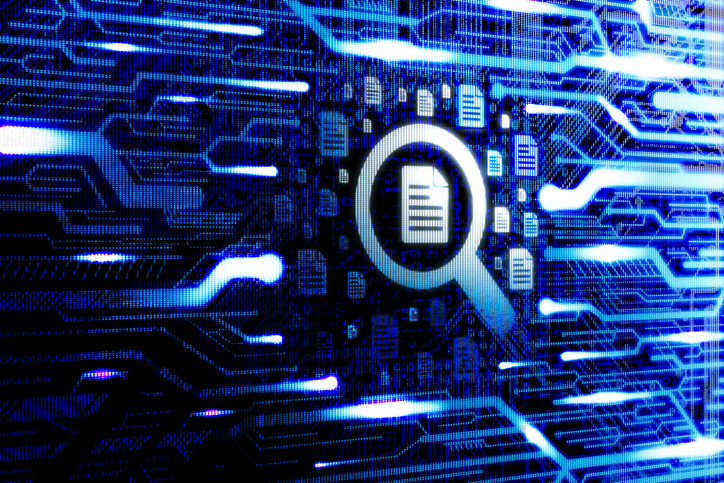A medical coding transformation is underway as automation pervades medical billing. Many questions arise, such as what skill sets will be required for this new generation of coding. Will it lead to mass layoffs? What types of training are available to prepare this new generation of coders? What are the implications for pre-approval and benefit decisions?
These and other questions were the subject of interesting discussion in a new webinar sponsored by . nim healthModerator is A. Jay Holmgren, Assistant Professor of Medicine, UCSF Center for Clinical Informatics and Improvement Research.
Keith Olenik, Chief Member Relations and Service Officer American Health Information Management Association (AHIMA) set the stage for the conversation, noting that the management simplification concept that HIPAA was supposed to usher in never materialized.
“Our payers are dealing with an archaic system. They changed what was supposed to be a consistent language across the board, so adding all those variations makes it even harder to automate. The costs of being able to manage and create change are not insurmountable, but they are the barriers and issues that we all have to deal with, the partnerships with the vendors out there, the dialogue and communication between them. and the staff who support us are just the starting point.”
This shift is particularly evident from manual coding, to which many medical coders are accustomed, to the adoption of automated formats such as computer-assisted coding. This includes predictive analytics and natural language processing, which are increasingly being implemented in outpatient settings, for example to improve productivity and accuracy.
Beyond computer-aided coding, Nym is leading the way in autonomous coding, an approach to medical coding that relies on the technology of coding patient charts.
Nym Chief Commercial Officer Julien Dubuis explains the technology:
“[It’s] Accurately assign medical codes within seconds, with absolutely no human intervention. Precisely means that in the outpatient specialty he can achieve 96% accuracy code overcode. This is on par with the best human coders. ”
Despite the vision automation conjured up, panelists emphasized in many ways that people will continue to play an important role in the new generation of coding.
said Natasha Lafayette-Jones, Enterprise Director of Clinical Documentation and Coding at Harmony Healthcare. “Have coders trust the software and use it in a way that they can verify the information.”
The webinar also covered training and what it takes for the next generation of coders, especially as automation moves into inpatient care. Sherine Koshy, senior director of health information management at Penn Medicine, explained how Penn is investing in coding academies to increase the number of inpatient coders and sharpen the skill sets of current coders.
“Penn is doing a really great job of investing and creating jobs for people leaving school. Make sure you invest in helping and align that skill set with AHIMA.”
To hear more insights from our panelists, visit our webinar Coding for the Future: Lessons Learned, New Technologies, and Future Opportunities Please complete the form below.
Photo: Philograph, Getty Images

